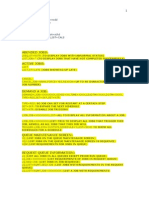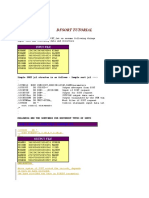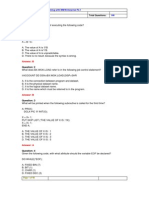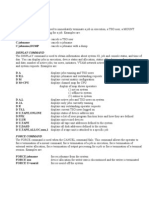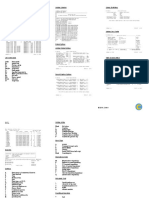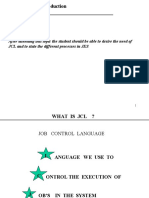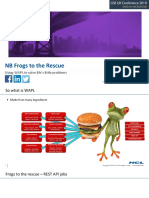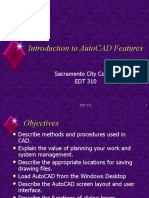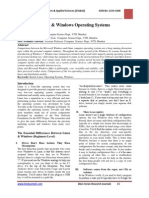100% found this document useful (1 vote)
2K views25 pagesOPC Job Management Procedures
This document outlines procedures for holding, releasing, restarting, and modifying jobs and applications in the OPC system. Some key steps include using row commands like MH to hold a job/application, MR to release a held job/application, R to restart a failed application, and SJR to restart a failed job from the error list. Jobs can also be run as dummy jobs or restarted without dependencies by modifying occurrences and successors. Force completing failed jobs/applications and adding or deleting run period dates are also covered.
Uploaded by
SamayCopyright
© Attribution Non-Commercial (BY-NC)
We take content rights seriously. If you suspect this is your content, claim it here.
Available Formats
Download as DOC, PDF, TXT or read online on Scribd
100% found this document useful (1 vote)
2K views25 pagesOPC Job Management Procedures
This document outlines procedures for holding, releasing, restarting, and modifying jobs and applications in the OPC system. Some key steps include using row commands like MH to hold a job/application, MR to release a held job/application, R to restart a failed application, and SJR to restart a failed job from the error list. Jobs can also be run as dummy jobs or restarted without dependencies by modifying occurrences and successors. Force completing failed jobs/applications and adding or deleting run period dates are also covered.
Uploaded by
SamayCopyright
© Attribution Non-Commercial (BY-NC)
We take content rights seriously. If you suspect this is your content, claim it here.
Available Formats
Download as DOC, PDF, TXT or read online on Scribd
/ 25




















